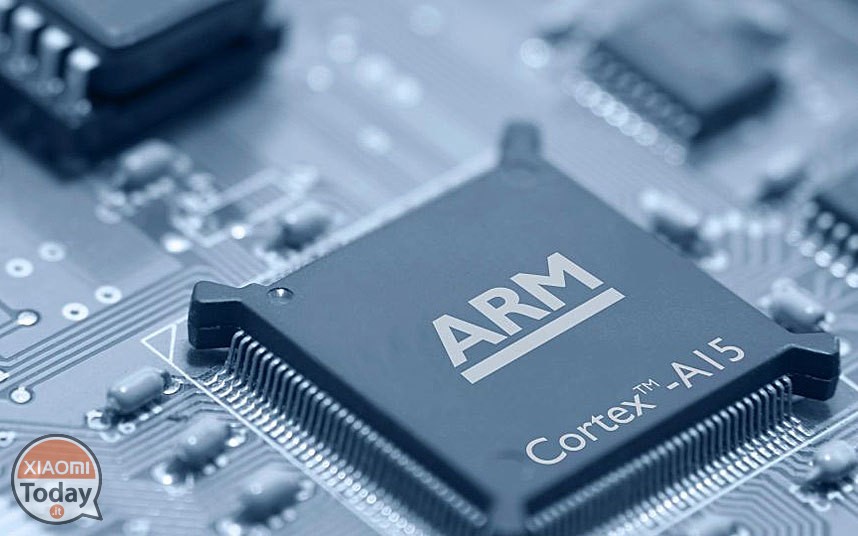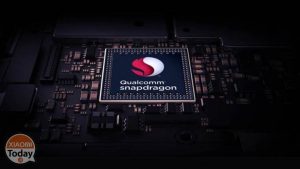
ARM Holdings is a technology company based in the United Kingdom, more specifically in Cambridge.
Born in 1990, it was initially founded for the development of micro-processors for desktop computers and Apple handhelds of those years. In the following period, the company did not just focus on manufacturing hardware devices, but also created software that was distributed through the brand RealView.
Recently, or in July, 2016, this company was eventually acquired by the Japanese group Softbank for 30 billions of dollars.
A considerable figure that is in fact justified by the fact that today's smartphones in the smartphones all over the world use virtually all architecture ARM, developed by ARM Holdings.
What distinguishes ARM chips from x86 CPUs?
The main difference lies mainly in the speed in which the calculations are processed; this different degree of speed essentially derives from a more efficient distribution of workloads: traditional desktop computer processors delegate various calculations and functions to other chips such as Northbridge, which deals mainly with peripherals that work at very fast speeds (such as RAM, GPU) and the Softbridge, which has the task instead of handling more "slow" peripherals such as Hard Disk, USB ports, Ethernet, and so on.
The ARM architecture processors, called more correctly SoC (System-On-a-Chip), they integrate in one circuit all the above mentioned features; as a result, the controller, GPU, Ram, etc. data are processed by a single microcircuit.
So these SoCs fall into the category of processors RISC (Reduced instruction set computer) just for this particular feature to execute the instructions extremely efficiently. Also the same ones stand out for the low consumption of energy and the consequent reduced heat production during use, also thanks to the reduced number of transitions that work within the SoC.
These features finally allowed them to be limited dimensions, allowing them to be used also in portable devices such as current smartphones.
Having this in mind, it must now be remembered that in reality ARM is not the direct producer of SoCs; but it also plays a significant role as it allows other important companies, for example Qualcomm, Mediatek, HISILICON etc., their realization under economic compensation for the use of their architecture.
The SoCs adopted by these companies may also come to include 10 core and often adopt technology big.LITTLE (such as the latest Cortex), which is aimed at maximizing the work processes, by guaranteeing them performance very Elevate; specifically through this technology, the most energy-intensive Core is activated in all those dumb activity which do not require special performance while reserving to activate the other most powerful Core in all those activities great intensity calculating or playing games.
The big.LITTLE, however, represents only a stage in technological progress in this area, in fact it will soon be replaced by its version updated and improved, that is, the DynamIQ, which promises to customize each single core with one always higher speed to read the information with one more lower consumption of energy compared to its very predecessor.
SoC is the only thing to consider before buying a smartphone?
The SoC is not the only thing to check to fully evaluate a smartphone: I am actually multiple factors which affect the actual power of a processor.
We live in a period, in fact, where hardware has reached levels definitely high, and the substantial difference does software optimization of the device that allows, working in synergy with the hardware, to improve performance, reliability and durability.











